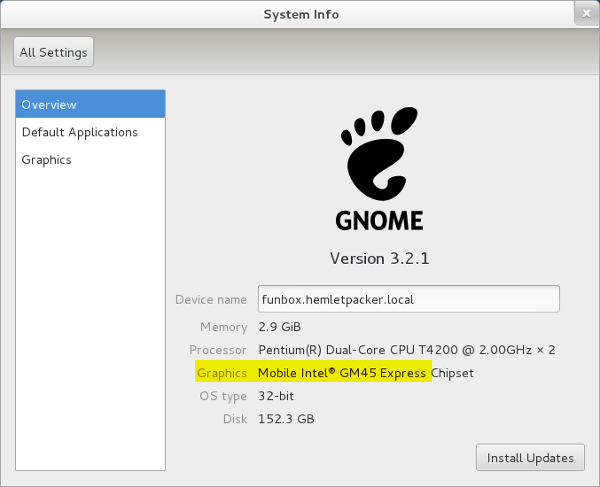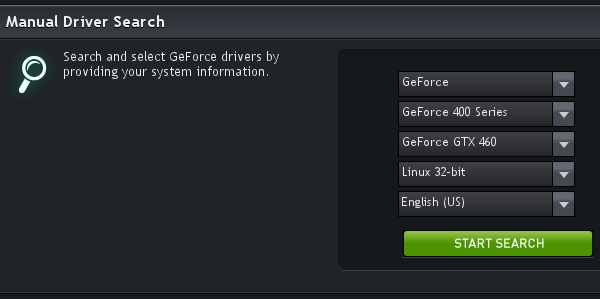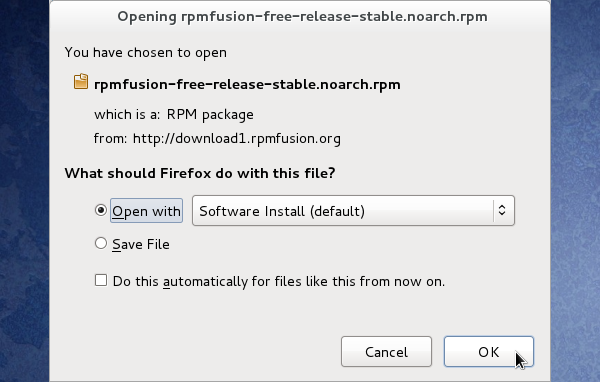You might have never thought about it, but did you ever wonder what actually made your computer monitor have anything on it? Well, the thing that drives a computer screen is a graphics card, in fact when you plug a monitor or overhead projector into your computer, you're plugging it into your computer's graphics card.
It turns out that not all graphics cards are created equal. Most of them will show you a picture almost no matter what, some will show you a beautiful image right away, but others require special drivers to get the best image for you.
Whether you've just installed Linux and found that your desktop feels slow to open windows or you find that you can barely fit an entire window on your screen because it's got such a low resolution, or you're upgrading your graphics card in your desktop computer, you should know about your different graphical interface options.
Drivers Included
Just like with printers and tablets and scanners, drivers for graphics cards are built into your new Linux computer, so quite possibly you'll be experiencing beautiful, snappy graphics from the start.
If you think something might be amiss with your graphics, then go to the Activities Overview and search for System Info and launch it.

System Info will tell you what kind of graphics chip you have in the computer.
If you suspect you are not getting the best performance from your graphics card, then you can visit the manufacturer's site to see if they offer drivers for Linux. Generally, the two manufacturers that this will involve are Nvidia and ATI, the two companies that make high-performance GPUs for gaming and multimedia content creation. Take note of the model number of the Nvidia or ATI chipset, and also whether your Linux computer is 32-bit or 64-bit.

Do not download the driver; it's not necessary since there will be drivers available in the Add/Remove Software application on your new Linux computer.
Unfortunately, since the drivers are not open source, the install is non-trivial. First step is to ensure your system is updated properly. Open the Software Update tool from the Activities Overview (you can access it quickest by searching for update) and run all available updates.
Next, give your system access to RPMFusion, which contains a vast amount of software for you to install, including the drivers.
Navigate to rpmfusion.org and follow the instructions for the Graphical Installation of both the free and non-free repositories.

Once the updates are finished, launch the Add/Remove Software application from the Activites Overview, and do a search for akmod-nvidia for Nvidia chipsets and akmod-catalyst for ATI chipsets. Install the appropriate package.
And you're nearly done! The only thing left to do is to ensure that the driver gets used by your system when you turn it on. For this, open a Terminal from the Activities Overview (search for terminal and launch Gnome Terminal).
For Nvidia, copy and past this command into the terminal:
su -c "mv /boot/initramfs-$(uname -r).img /boot/initramfs-$(uname -r)-nouveau.img && dracut /boot/initramfs-$(uname -r).img $(uname -r)"
For ATI, copy and past this command into the terminal:
su -c "mv initramfs-$(uname -r).img initramfs-$(uname -r).img-original && dracut -v /boot/initramfs-$(uname -r).img $(uname -r)"
And now reboot your computer. When it boots back up, it will be using the new video drivers.

